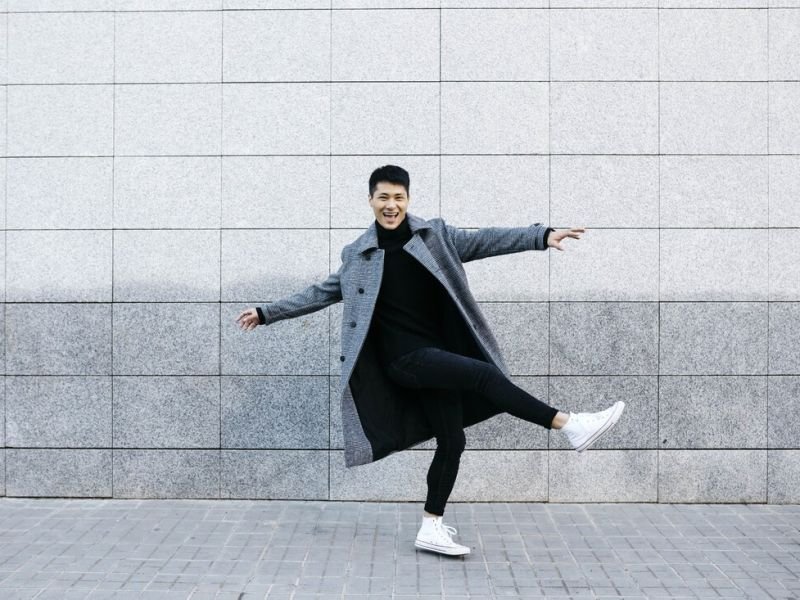The Rise of Virtual Reality in Dance Performances
In recent years, virtual reality (VR) technology has gained significant traction across various industries, including entertainment. One area where VR is making a profound impact is in the world of dance performances. VR allows dancers and choreographers to explore new creative possibilities, break free from physical limitations, and bring their artistic visions to life in innovative ways.

Immersive Experiences for Audiences
One of the primary benefits of incorporating VR into dance performances is the creation of immersive experiences for the audience. Traditionally, audience members are limited to viewing performances from a fixed perspective, often from a distance. However, with VR, individuals can feel like they are right in the midst of the performance, surrounded by dancers and fully immersed in the choreography.
By wearing VR headsets, audience members can experience the dance piece from multiple angles, giving them a unique and personal perspective. They can choose to focus on specific dancers or movements, enhancing their overall engagement and connection with the performance.
Pushing the Boundaries of Artistic Expression
Virtual reality opens up endless possibilities for choreographers to push the boundaries of artistic expression in dance. With VR, choreographers can experiment with unconventional environments, gravity-defying movements, and fantastical elements that would be difficult or impossible to achieve in traditional dance performances.
Additionally, VR allows choreographers to blend different art forms seamlessly. They can incorporate visual effects, animation, and interactive elements into their choreography, creating a multidimensional experience that merges dance with other mediums. This fusion of art forms not only enhances the overall aesthetic appeal but also expands the creative reach of dance as an expressive art form.
Collaboration and Integration of Technologies
Virtual reality also fosters collaboration and the integration of technologies within dance performances. Dancers can work closely with VR developers, programmers, and designers to create custom VR experiences that align with their artistic visions. This collaboration allows for the seamless integration of choreography and technology, resulting in a harmonious blend of dance and virtual reality.
Moreover, VR can be combined with other technologies like motion-capture systems, haptic feedback devices, and real-time visualizations. These integrations enhance the dancers’ interactions with the virtual world and provide them with valuable feedback during rehearsals and performances.
Overcoming Physical Limitations
Another significant advantage of VR in dance performances is its ability to overcome physical limitations. Dancers can use VR to explore movements and techniques that are physically challenging or dangerous in the real world. This enables them to expand their repertoire and push their own boundaries.
Additionally, VR can aid in rehabilitation for injured dancers. Through VR, they can continue their practice and training while their bodies heal, keeping their skills sharp and maintaining their connection to dance.
Conclusion
Virtual reality is revolutionizing the world of dance performances. By creating immersive experiences, pushing the boundaries of artistic expression, fostering collaboration, and overcoming physical limitations, VR opens up a world of creative possibilities for dancers, choreographers, and audiences alike. As the technology continues to evolve, it will undoubtedly play an increasingly significant role in the future of dance.
For more information about dance performances and competitions, visit Dance Competitions – competes.tv.
To learn more about virtual reality and its impact on various industries, check out these resources:
- How to Find Authority Websites & Get Links From Them
- How to Determine the Authority of a Website
- How to Get Editorial Links from Authoritative Websites
- What Is Topical Authority & How Does It Work
- Website Authority Checker: Check the “Authority” Of Any Website
- 5 Ways to Find High Authority Backlinks
- 11 Ways to Get Authority Links for Your New Blog
- What is an Authority Site? — Definition by Techslang
How is virtual reality transforming dance performances?
What are the benefits of using virtual reality in dance performances?
Important Facts and Statistics about Dance & Breakdance
– Breakdancing, also called breaking and B-boying, is an energetic form of dance popularized by African Americans and Latinos, characterized by stylized footwork and athletic moves such as back spins or head spins.
– Breakdancing originated in the late 1970s and early 1980s in New York City, developed by Puerto Rican youth.
– Virtual reality can serve as a tool for breaking dancers to explore movements and techniques that are physically challenging or dangerous in the real world.
– Breakdancing is one of the most widely known styles of hip-hop dance.
Sources:
– Break dancing | History, Characteristics, Olympics, & Facts
– History of Breakdancing: All you need to know – Red Bull
– 47 Breakdancing Facts That Will Blow Your Mind | Kidadl
Contact Dance Competitions – competes.tv for more information:
Phone: 650-437-4741